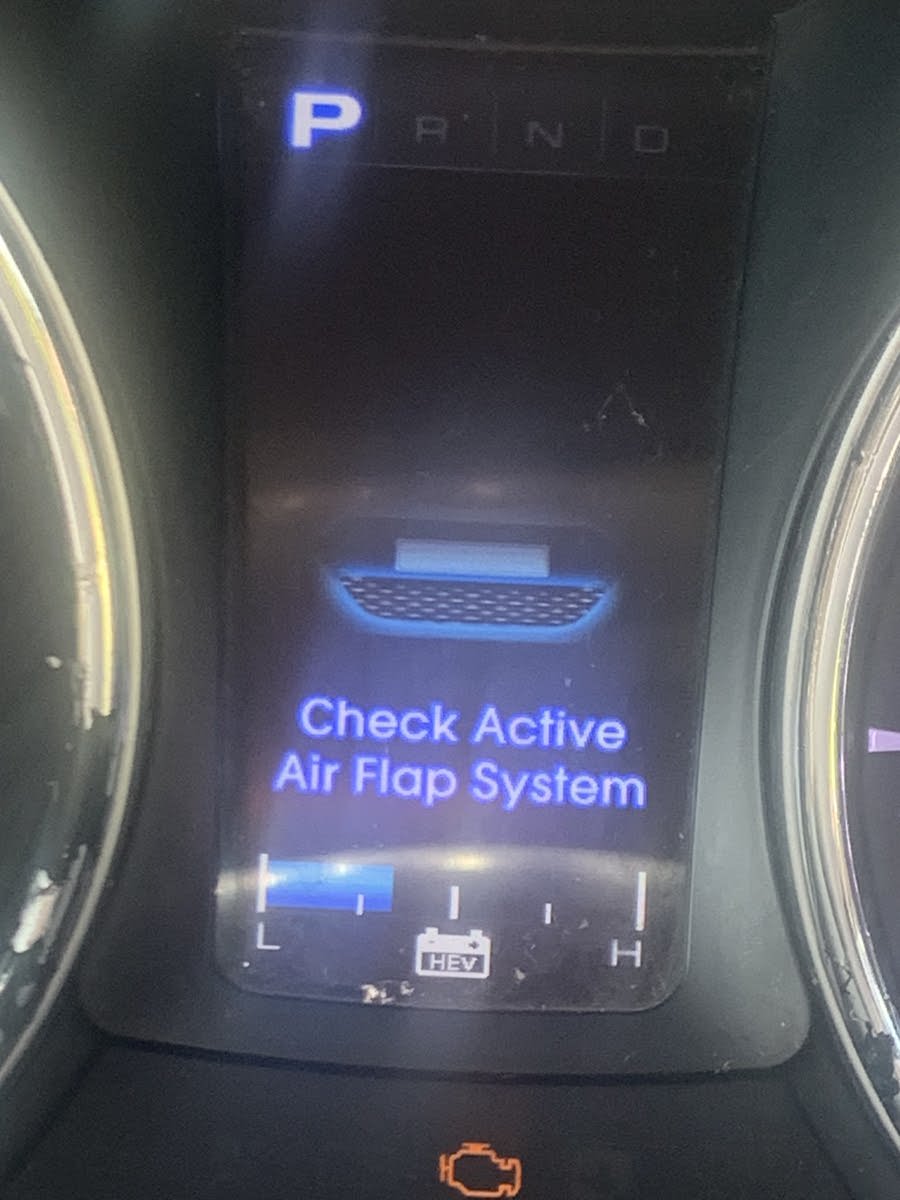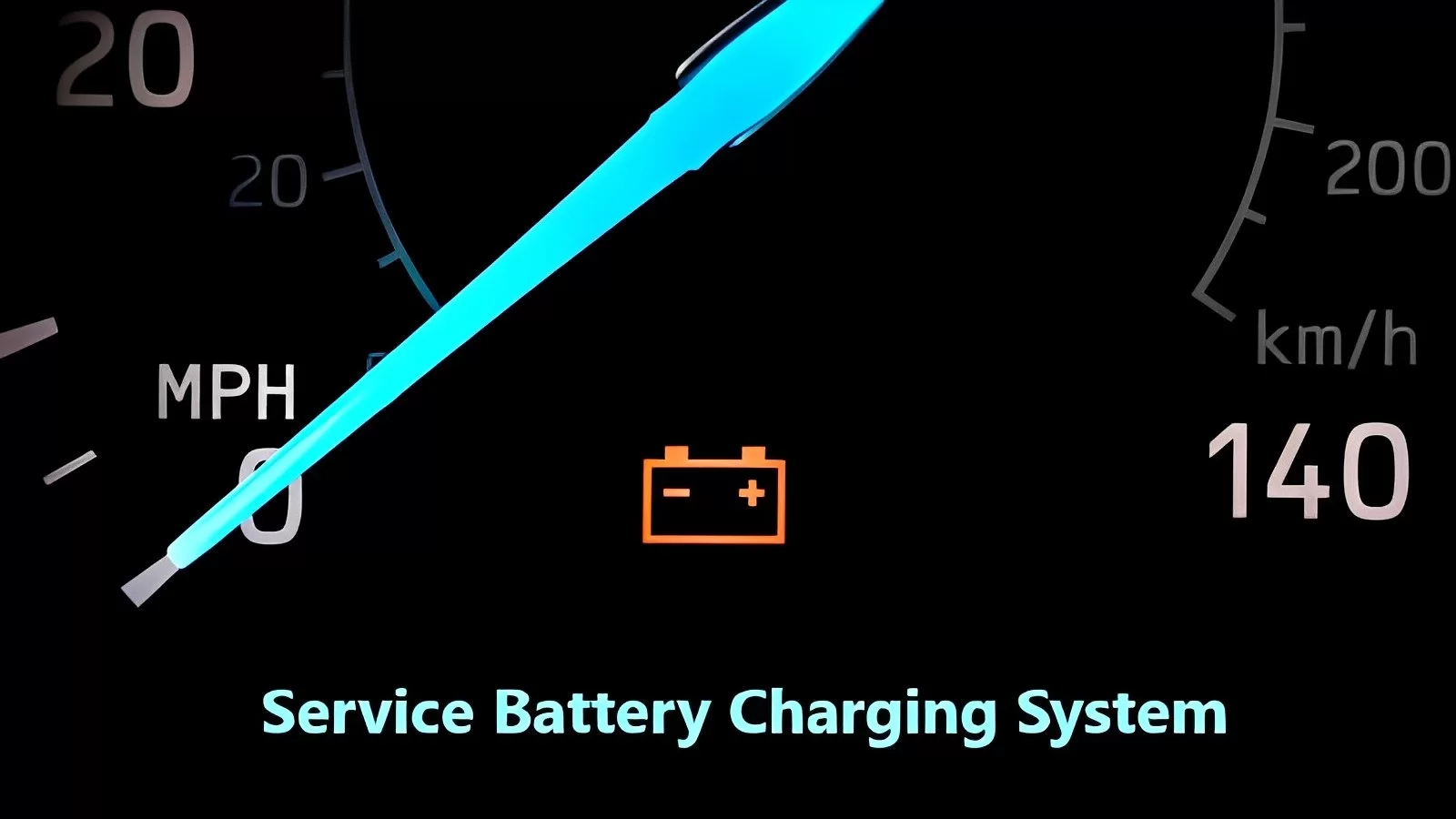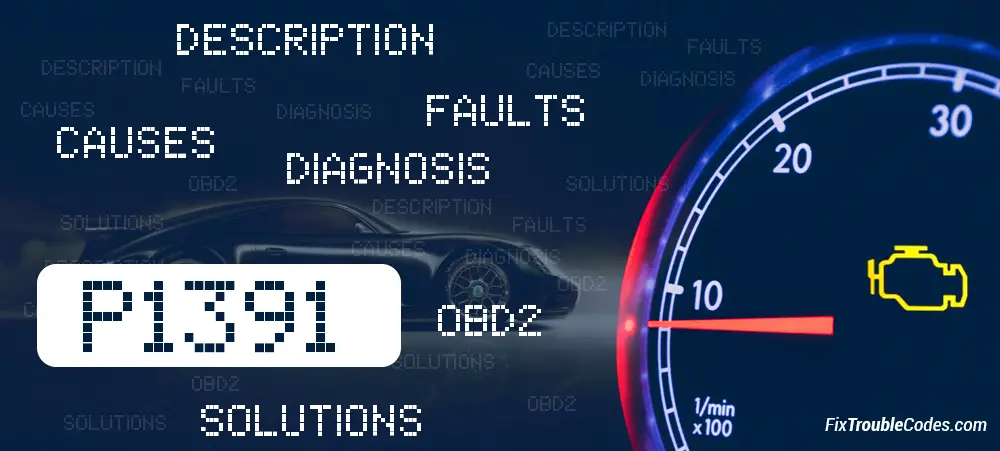The engine of a car generates substantial heat, which, without the aid of the cooling system, can disrupt the vehicle’s overall functionality.
This makes it crucial to ensure the system’s optimal performance.
But how does one do that?
The answer lies in understanding how to check active air flap system.
If this component fails, it could lead to significant issues.
So, let’s delve into the process of inspecting and maintaining the active air flap system.
Continue reading to learn more.
What is an active air flap system?
The active air flap system is a key component of a vehicle’s cooling mechanism. It consists of flaps located in the front grille, which dynamically adjust to control the airflow to the radiator, thereby managing the engine’s temperature.
When the engine requires more cooling, the flaps open, allowing increased airflow to the radiator. Conversely, when less cooling is needed, the flaps close, enhancing the vehicle’s aerodynamics and fuel efficiency.
The system is controlled by sensors and actuators that respond to the engine’s temperature and the vehicle’s speed. A malfunction in this system can lead to issues like overheating or reduced fuel efficiency, which is why vehicles equipped with this system provide a warning to “check the active air flap system” when a potential problem is detected.
What does it mean when your car says check active air flap system?

When your car displays a message to “check the active air flap system,” it’s alerting you to a potential issue within the vehicle’s cooling system. The active air flap system plays a crucial role in maintaining the engine’s temperature by regulating the airflow to the radiator.
This system comprises flaps located in the front grille, which open or close based on the engine’s cooling requirements. When the engine needs more cooling, the flaps open to allow more air to reach the radiator. Conversely, when less cooling is needed, the flaps close, improving the vehicle’s aerodynamics and fuel efficiency.
A “check active air flap system” warning could indicate a malfunction within this system. The cause could range from a mechanical issue with the flaps themselves, such as being stuck open or closed, to an electrical problem with the sensors or actuators controlling the flaps.Ignoring this warning could lead to overheating, reduced fuel efficiency, or even severe engine damage over time.
How To Check The Active Air Flap System?
Here’s a step-by-step guide on how to check the Active Air Flap System:
Step 1: Understand that the active air flap system is crucial for your vehicle’s safe operation and fuel efficiency. Some manufacturers even install these flaps on both sides of the car to enhance stability during cornering.
Step 2: Be aware that like all components, the active air flap system can experience malfunctions that disrupt its operation.
Step 3: On newer models, an indicator light on the dashboard will display “Check Active Air Flap System” if there’s an issue with the system.
Step 4: If you see this warning message, promptly find a safe place to stop your vehicle.
Step 5: Once safely parked, go to the front of the vehicle and inspect the status of the active air flaps.
Step 6: Check if the flaps are opening and closing normally. Look for any foreign objects or substances that might be causing an obstruction or if there’s any dust accumulation.
Step 7: If you find any obstructions or dirt, remove them and clean the area.
Step 8: After cleaning, let the vehicle rest for about 10 minutes before starting it again.
Step 9: If the warning message still appears after these steps, it’s recommended to take your vehicle to a repair center for a professional technician to inspect.
What are the typical problems that arise when the Active Air Flap (AAF) system is malfunctioning?

What happens when the Active Air Flap (AAF) system doesn’t function as it should? Ideally, the AAF system automatically adjusts, opening and closing to regulate airflow to the engine’s radiator. However, when a fault occurs, this automatic operation is disrupted.
Owners of vehicles like KIA, Hyundai Sonata Hybrid, and others with an AAF system may receive a warning message to check the system. This is often accompanied by other unusual signs. For instance, the flaps may become jammed, preventing them from opening or closing as needed.
These symptoms can also manifest as trouble codes, which can be identified using an OBD II scanner. Common codes that car owners encounter include P1235, indicating an AAF system error, U1008, signifying a lost connection to radiator shutters, P059F, P05B2, and others.
Another noticeable sign of a faulty AAF system is the car overheating or a noticeable increase in fuel consumption. These issues underscore the importance of the AAF system in maintaining the vehicle’s performance and efficiency. Therefore, it’s crucial to address any potential issues promptly to prevent further complications.
Also Read: VDC Off Infiniti G35 – Any Reason To Raise An Alarm?
What are some effective methods to repair the Active Air Flap System?
The process of rectifying issues with the AAF system varies based on the root cause of the problem. The issues could stem from various sources such as faults in the ECU, accumulation of dirt, presence of foreign objects, or issues with the connection wires.
Here are some strategies that might help:
Inspect & Maintain the Cleanliness of the Active Air Flap (AAF) System
Addressing issues with the AAF system often involves a straightforward process. The first step is to examine the physical state of the system. Look for any accumulation of dirt or debris that could be hindering its operation.
When cleaning, use a suitable cleaner and apply it with care to avoid causing any damage to the system.
Next, observe the movement of the flaps. If there’s any object obstructing their opening and closing, remove it promptly.
Additionally, inspect the surface for any cracks or signs of wear and tear. These could also contribute to the malfunctioning of the system.
In cases where the damage is severe and noticeable, the most effective solution might be to replace the system with a new one. This ensures that your vehicle’s cooling system continues to function optimally, contributing to the overall performance and longevity of your vehicle.
Issues with the wiring or connections
Damaged wires or improperly secured plugs can interrupt the connection between the AAF and the ECU. Therefore, it’s crucial to meticulously inspect these components for any signs of such issues.
Update the Engine Control Unit (ECU) and Check the Battery
An outdated ECU or insufficient battery voltage can lead to malfunctions in the AAF system. Therefore, it’s crucial to ensure that your vehicle’s ECU is up-to-date and the battery is fully charged with the correct voltage.
To update the ECU, connect a USB cable between the Vehicle Communication Interface (VCI), the Global Diagnostic System (GDS), and the Data Link Connector (DLC) located under the driver’s console.
Before starting this process, make sure to disable all vehicle lights and appliances. These can draw power from the battery and potentially affect its voltage.
Maintaining a steady voltage is essential during the update process. Sudden drops or low voltage can disrupt the update, so avoid disconnecting any cables, turning off the vehicle, or starting the engine during this time. Perform the update via the GDS with the ignition key.
This procedure can be complex, particularly for those unfamiliar with vehicle maintenance. If you’re unsure, it’s advisable to seek assistance from a professional technician. This ensures the process is carried out correctly, helping to maintain the optimal performance of your vehicle’s AAF system.
Clear Diagnostic Trouble Codes (DTCs)
DTCs are specific codes that are generated and stored by a vehicle’s self-diagnostic system. These codes serve as a notification system, alerting you when a component or system in your vehicle is experiencing issues.
In the context of the AAF system, DTCs can help identify issues in specific locations within the system. This targeted identification aids in troubleshooting and allows for more efficient resolution of problems.
Clearing DTCs is a crucial step in the process of rectifying issues with the AAF system. This is typically done after all other remedial actions have been taken and it’s confirmed that no further issues persist.
To clear DTCs, a scan tool is used to erase all fault codes present in the Engine Control Unit (ECU). This action effectively resets the vehicle’s notification system. As a result, the error message related to the AAF system will no longer be displayed, indicating that the issue has been successfully resolved.
In essence, clearing DTCs is a vital procedure in ensuring the smooth operation of your vehicle’s AAF system. It not only signifies the resolution of existing issues but also resets the system, preparing it to accurately identify and notify of any future problems. This contributes to the overall performance and longevity of your vehicle.
Also Read: P0442 VW Jetta: All You Need To Know About This Error Code
FAQs – How To Check Active Air Flap System
What is the primary function of the Active Air Flap system?
The AAF system regulates airflow to the engine’s radiator, helping to maintain the engine’s temperature. It improves the vehicle’s aerodynamics and fuel efficiency when less cooling is needed.
How does the Active Air Flap system contribute to fuel efficiency?
By closing the flaps when less cooling is needed, the AAF system reduces air resistance, improving the vehicle’s aerodynamics and consequently its fuel efficiency.
What tools do I need to inspect the Active Air Flap system?
Basic tools like a flashlight for visibility and a cleaner for removing dirt or debris are typically sufficient for a physical inspection. For more in-depth diagnostics, an OBD II scanner can be useful.
How often should I check the Active Air Flap system?
While there’s no set rule, it’s advisable to inspect the AAF system during your regular vehicle maintenance checks or if you notice any warning signs.
Can a faulty Active Air Flap system cause my vehicle to overheat?
Yes, if the AAF system is not regulating airflow properly, it could lead to insufficient cooling and cause the engine to overheat.
What are the signs of a faulty Active Air Flap system?
Warning messages on your dashboard, abnormal heating of your vehicle, and increased fuel consumption can all be signs of a faulty AAF system.
Can I fix a faulty Active Air Flap system myself?
While minor issues like removing obstructions or cleaning can be done yourself, more complex problems may require professional assistance.
What does an OBD II scanner do in relation to the Active Air Flap system?
An OBD II scanner can read Diagnostic Trouble Codes (DTCs) generated by your vehicle’s self-diagnostic system, helping to identify specific issues with the AAF system.
What does it mean if I see a P1235 code on my OBD II scanner?
A P1235 code typically indicates an issue with the AAF system. It’s advisable to consult your vehicle’s manual or a professional mechanic for specific troubleshooting steps.
What should I do if cleaning and resetting the Active Air Flap system doesn’t clear the warning message?
If the warning message persists after cleaning and resetting the AAF system, it’s recommended to seek professional help as there may be a more serious underlying issue.
Conclusion – How To Check Active Air Flap System
Understanding how to fix the active air flap system is crucial for maintaining your vehicle’s optimal performance.
This guide has provided comprehensive information on how to inspect and repair this system.
Remember, early detection of issues and taking appropriate corrective measures are vital in minimizing potential risks.
Therefore, always be vigilant and take immediate action if you notice your vehicle overheating.
It’s our hope that this information will assist vehicle owners in effectively managing and maintaining their active air flap system.




